After over a year and a half of regularly stating my desire to get my Vudoo Gun Works V-22 lot tested by Lapua, I finally made the trek out to Mesa (Arizona) to the Lapua Rimfire Performance Center.
For those not aware of the Lapua Rimfire Performance Center, it is where you can send your rimfire firearm to be tested with various lots of Lapua ammunition. From there, you are given the option to purchase a minimum of one case (5000-rounds) of one of the lots tested (ideally the one you feel shoots the best based on the test results).
The reason why you would want to do this is because of how sensitive rimfire firearms can be when it comes to ammunition. Buying ammunition from a retailer is luck of the draw. Generally you get whatever lot the retailer hands / sends to you. You may find that the brick of ammunition you bought shoots well in your gun or may be it does not.
But if you find it shoots exceptionally well for you, odds are you only bought a few 500-round bricks at most, in which case you’re desperately trying to contact the retailer hoping they still have more of that lot of ammunition. Depending who the retailer is, you might not even be able to request a specific lot number even if they do have more of it in-stock.
The Lapua Rimfire Performance Center saves you all the guesswork and finger-crossing. Of course, the service requires you to get your rifle(s) to the testing facility in Arizona (Mesa) or Ohio (Marengo).
I think most people will opt to ship their rifle (or barrelled action) because it is more logistically feasible for them. Since I am not too keen on shipping a rifle unless absolutely necessary and Mesa isn’t terribly far away from me, I decided to make the five hour drive to Mesa for an appointment with Lapua.
I was well familiar with the process after watching a few videos on YouTube with footage of the testing process. I brought my complete rifle with me and removed the chassis onsite so that the tester could put the barrelled action in the action block.
The LRPC will generally test all rifles where the barrelled action in an appropriate action block which is secured in a vise so that it is rock solid during test firing. There are several action blocks for the various rimfire rifles including CZ 455, CZ 457, Anschutz 54, and of course, Vudoo V-22.
The LRPC can test the rifle in the respective stock, but I think you need to work out details with the center in order to establish the parameters of the fixture during testing. Once in the fixture, the rifle is shot down the 100 meter tunnel and electronic sensors in the tunnel record the shot groups in real time at 50 meters and 100 meters.
I brought a sampling of three lots of Lapua Center-X to be tested along with what the LRPC has in their inventory. The first sample was the last 20 rounds I had left of the lot of Center-X I had been using for the past 24 months or so (I had four bricks). The second and third samples were boxes of two different lots that I currently have in my ammo cabinet (two 500-round bricks of each).
- 27554/603046 – Bought four (4) bricks back in 2019 from Bruno Shooters Supply (less than 50 rounds left)
- 27555/706124 – Bought two (2) bricks in 2020 from Target Sports USA
- 27556/702453 – Bought two (2) bricks in 2021 from Creedmoor Sports
I was curious to know how well that Center-X I have been shooting all this time actually shoots under truly controlled conditions with no shooter error, and I wanted to know if the four bricks of Center-X I have left are any good (since I have not tried either of those two lots).
For those not familiar with how to read Lapua rimfire lot numbers, here is a simple graphic to reference:
The velocity number will come into play later on in this story. First two digits (digits 1 and 2): Prepend a ‘3’ in front of the digits to get muzzle Velocity in meters per second. Example: If first two digits are 27, then the muzzle velocity is 327 meters per second.
According to the tunnel sensors, the Lapua Center-X lot that I have been using over the past two years shoots quite well.
The Lapua Rimfire Performance Center uses the metric system. The electronic screens are at 50 meters and 100 meters, and the group sizes are measured in millimeters. For those not metrically inclined, 50 meters and 100 meters are 54.68 yards and 109.36 yards, respectively. 1 MOA at 100 meters is about 29.083 mm.
Thus, the above data shows the Center-X I have been using shoots right at MOA (just a hair over) at 29.42mm at 100 meters.
ADDENDUM 2021-11-24 – It was pointed out to me that the DMAX (Maximum Diameter) value is edge-to-edge and not center-to-center. If you want to use center-to-center measurements, then for instance the 29.42mm DMAX for the 100 meter group above is actually a 23.82mm group (assuming 5.6mm bullet diameter), which is definitely under 1 MOA.
Lot 27555/706124 also shoots equally well and shoots well under 1 MOA at 100 meters with a group size of 26.78mm at 100 meters.
The third lot which is number 27556/702453 that I obtained recently from Creedmoor Sports did have one flier.
As you can see above, there was a low flier at 6 o’clock which blew the group wide open. It happened to be the tenth shot. The tester thinks this lot is probably still solid and that this might be a case of a damaged bullet.
After this the tester ran through several different lots of ammunition that they had available in their distribution center. It fell in line with their advertised procedures:
Generally, we test eight lots per rifle. The number of rounds fired will vary from one lot to another, with the more promising lots being tested again to verify their superiority in your rifle. Those lots showing less than promising results will not be pursued. If you are present during the testing, we will go over the results together in real time. If you mailed in your rifle, we will email you the results so that you can see the actual targets fired and select one or more lots based on the groups presented.
https://www.capstonepg.com/rpc/
The results were a bit eye opening. It appears my Vudoo Gun Works V-22 rifle is very picky when it comes to ammunition. If you note earlier that the lots will vary in velocity. They can actually be found with 326, 327, 328, and 329 meters per second velocity ratings.
It appears that my rifle prefers lots that are rated at 327 meters per second and other lots will shoot mediocre if not poor.
The above is a scan of the first page of several lots of Center-X tested and has the groups at 50 yards. It seems like the 27 (327 meters per second) were shooting the same but the 26, 28, and 29 lots were worse and some like 26556/704842 were not even worth testing beyond the first three rounds.
Is there any rhyme or reason with the test results and the lot velocities? I honestly do not know. Muzzle velocity is a bit subjective too since the ammunition’s actual muzzle velocity is going to vary with ambient temperature. I have shot lot 27554/603046 over the course of two years in all types of temperatures on paper and it always printed well.
The velocity rating on the lot number could be a red herring, but given that the three different samples I brought with me and shot well (with a flier caveat on one lot) each had 27* lot numbers, it may be correlated to some other aspect of the lot.
Based on the testing, it was pretty clear that 27556/502611 shot the best in my Vudoo V-22. After the first ten rounds an additional ten rounds were fired to confirm the lot performance and the second group actually shot tighter than the first.
The above image shows the first 10-shot string with lot 27556/502611 which has a 15.24mm group size at 50 meters. The string on the right was a confirmation string shot after the three (3) lots I brought with me and nine (9) different lots of Center-X were tested. The second string shot tighter than the first with a 13.38mm group size at 50 meters.
The corresponding 100 meter groups can be seen below.
As you can see, the 20-shot aggregate will have the 28.24mm group size at 100 meters (as indicated by the larger of the two 10-shot strings). This is under the 29.42mm / 1MOA threshold. But the second 10-shot string shows the incredible accuracy potential with a 19.06mm group at 100 meters which corresponds to approximately 0.65 MOA at 100 meters.
The tester also tried some Midas+ which also shot on par with the best Center-X tested. But given the cost difference, Center-X makes more sense.
After it was all said and done, I decided to get a 5,000-round case of Lapua Center-X lot 27556/502611. The whole process to test one rifle only took about 90 minutes.
As far as the ammunition, you cannot walk out with a case of ammo after the testing is done. The ammunition is actually stored in the distribution center in Missouri. Lapua will facilitate the sale to you directly (as in you can pay via credit card direct to Capstone using an online invoice form), and the ammunition will ship from one of their retailers who you can choose from.
I live in California and the State of California has ammunition background checks and other laws that dictate how ammunition can be brought into the state. There are a few retailers (and authorized Lapua dealers) that recognize my state exemptions which allow me to import ammunition directly into the state (ship to my home).
But Capstone decided to do a direct release to me as opposed through one of the retailers because I have exemptions and provided the necessary paperwork (C&R FFL and California Certificate of Eligibility).
I paid for the ammunition that same Monday afternoon (via online invoice) of my appointment and at the end of the week received the case via FedEx Ground from Missouri on Friday afternoon.
All-in-all it was a very interesting experience.
The test tunnel is low key impressive when you think about it. From the outside, it looks like a small building with a long tube attached to it. When you are inside the testing facility, you’re just staring down a black hole with a little light down the end which doesn’t seem all that remarkable.
But then you realize that you have a path to shoot down with little to no impact from external factors (specifically wind).
The electronic target screens are something to envy. Being able to shoot without needing paper targets and getting accurate group sizes is every reloader and benchrest shooter’s dream.
The tester remarked that they are looking into 200 meter testing. But I can only imagine this will require a lot of design changes to the tunnel given the amount of arc required for rimfire. I did some casual number crunching and it is approximately a 70 inch drop. I don’t know if you would make the tunnel wider in diameter or make a declining angle of the tunnel after 100 meters.
The entire vise and shooting table setup is quite compelling. It makes me want to devise my own bench vise setup to use at the range for ammo testing.
After reading all of this, should you get your rifle lot tested?
Yes, I highly recommend you doing so if you have a rifle that has high accuracy potential and you want peace of mind knowing your ammunition is good in your rifle and you can obtain a relatively large quantity of that ammunition. Buying two to three 500-round bricks of ammunition at a time with varying lots and hoping they shoot well is not ideal, and as you see in my situation, my rifle appears to be a little picky when it comes to lots.
If you are within driving distance, make an appointment and bring your rifle(s) in. Otherwise, bite the bullet and ship your barrelled action to the Lapua Rimfire Performance Center. Just be sure to package it well.
If you decide you want to get a rifle tested, check out the Lapua Rimfire Peformance Center website for the latest official details.
Note that Eley also has a testing center in the United States which is located in Texas. If you prefer Eley ammunition, you should reach out to Eley to get more information.

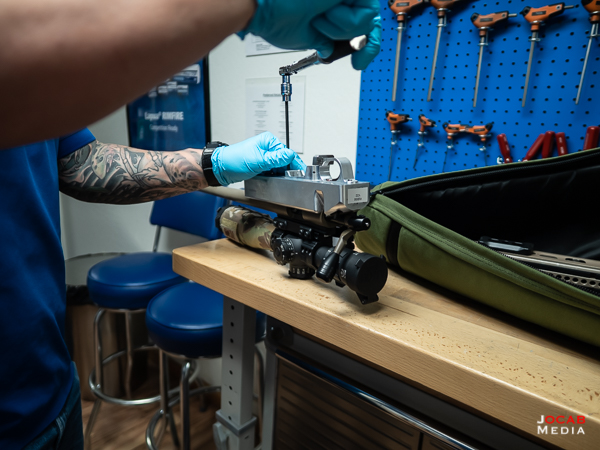
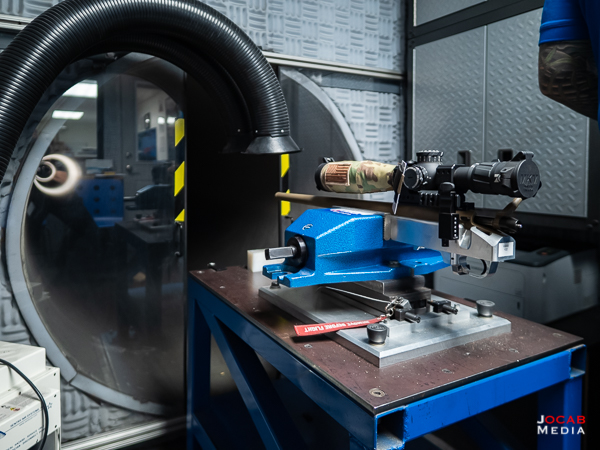
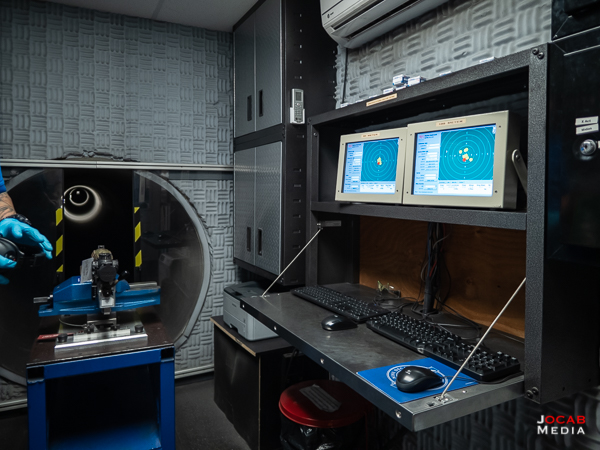
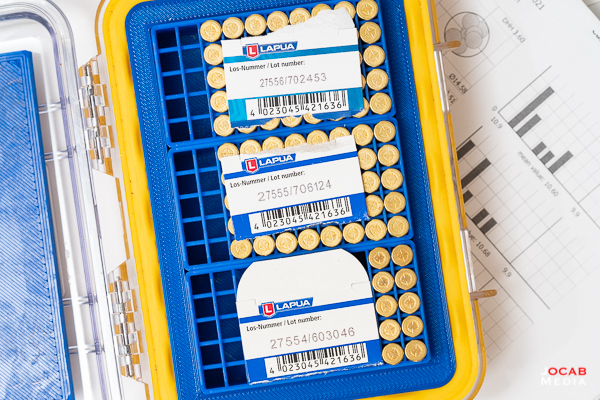
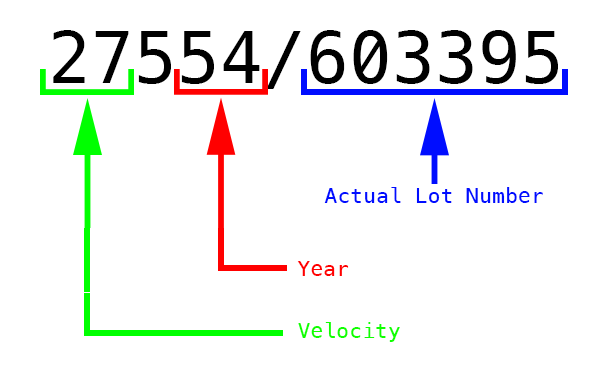

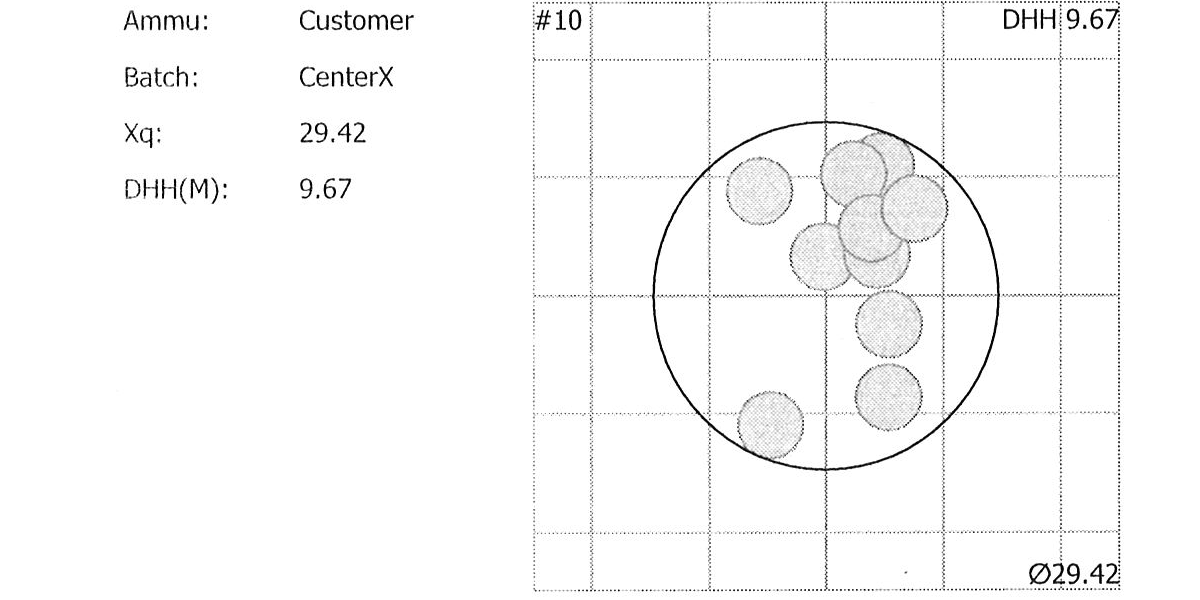

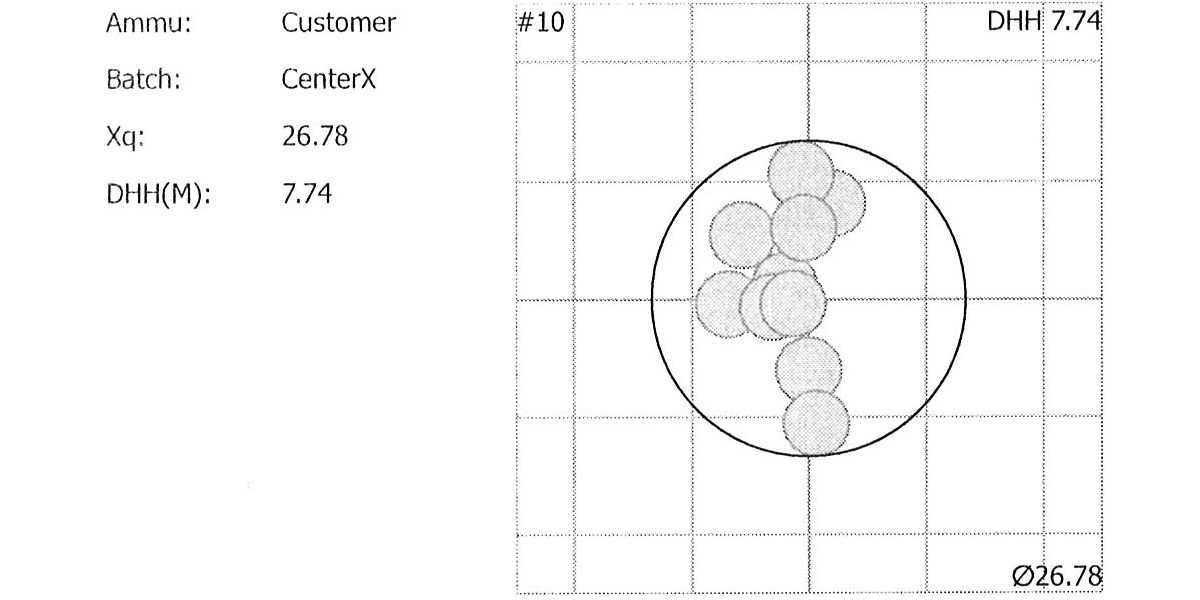

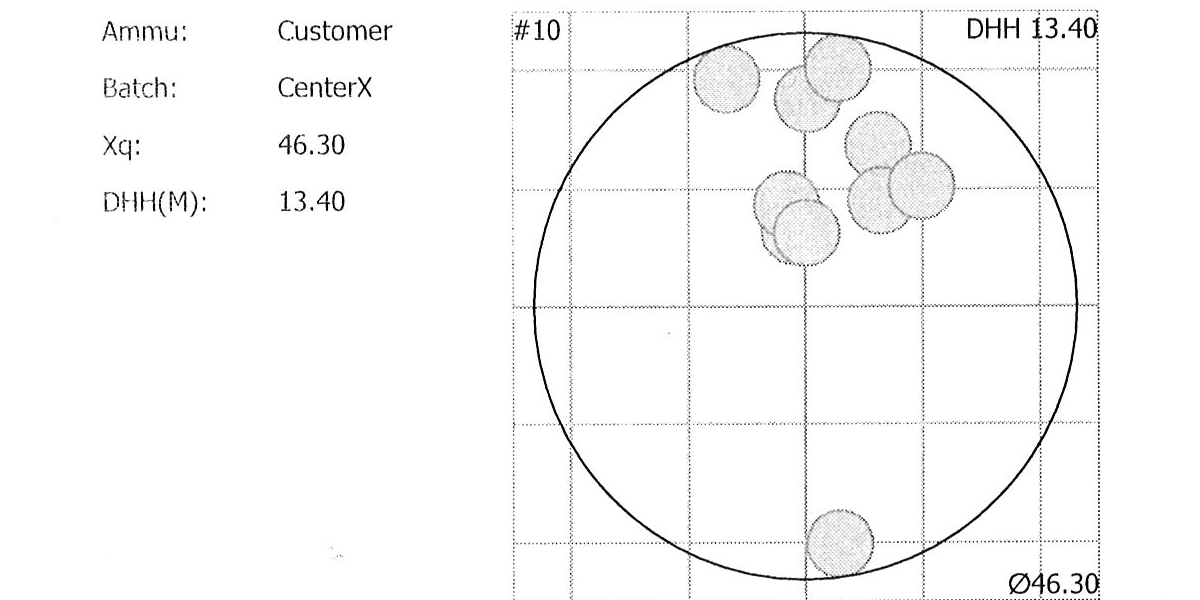
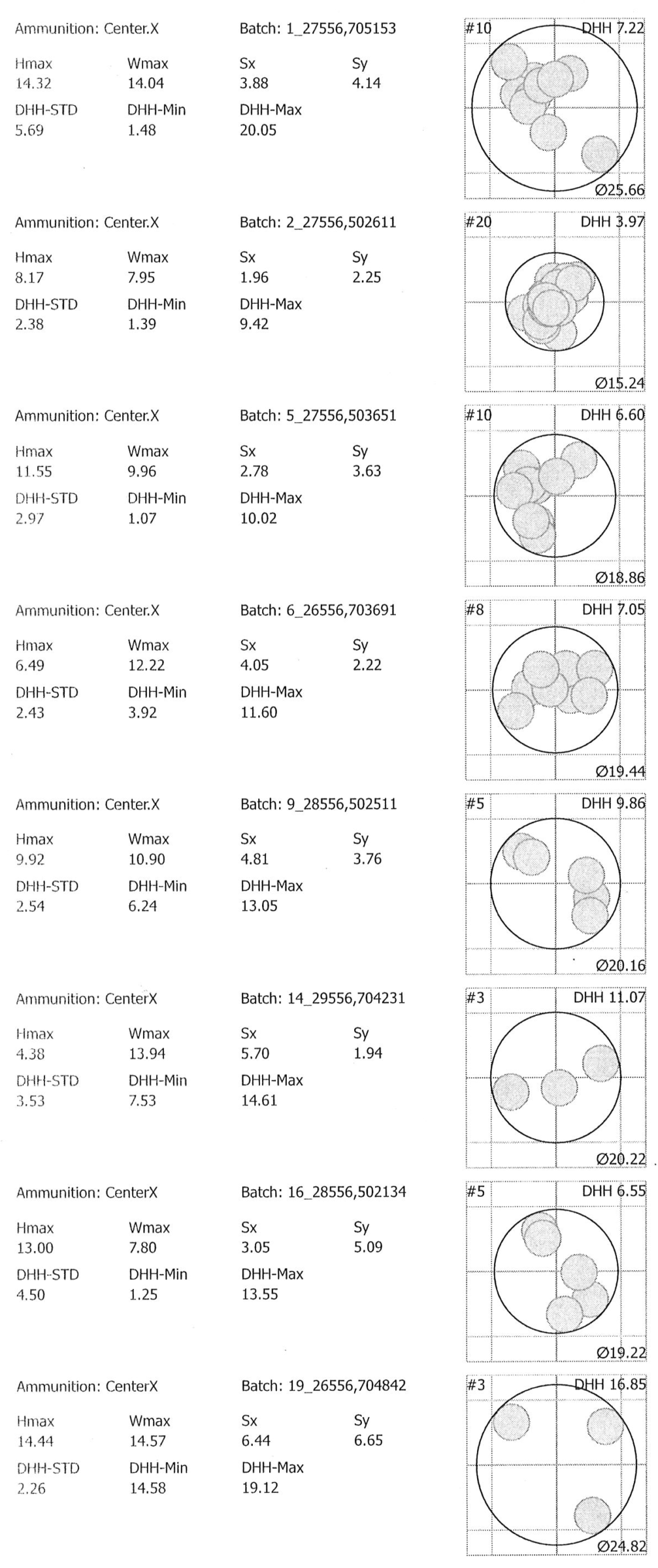

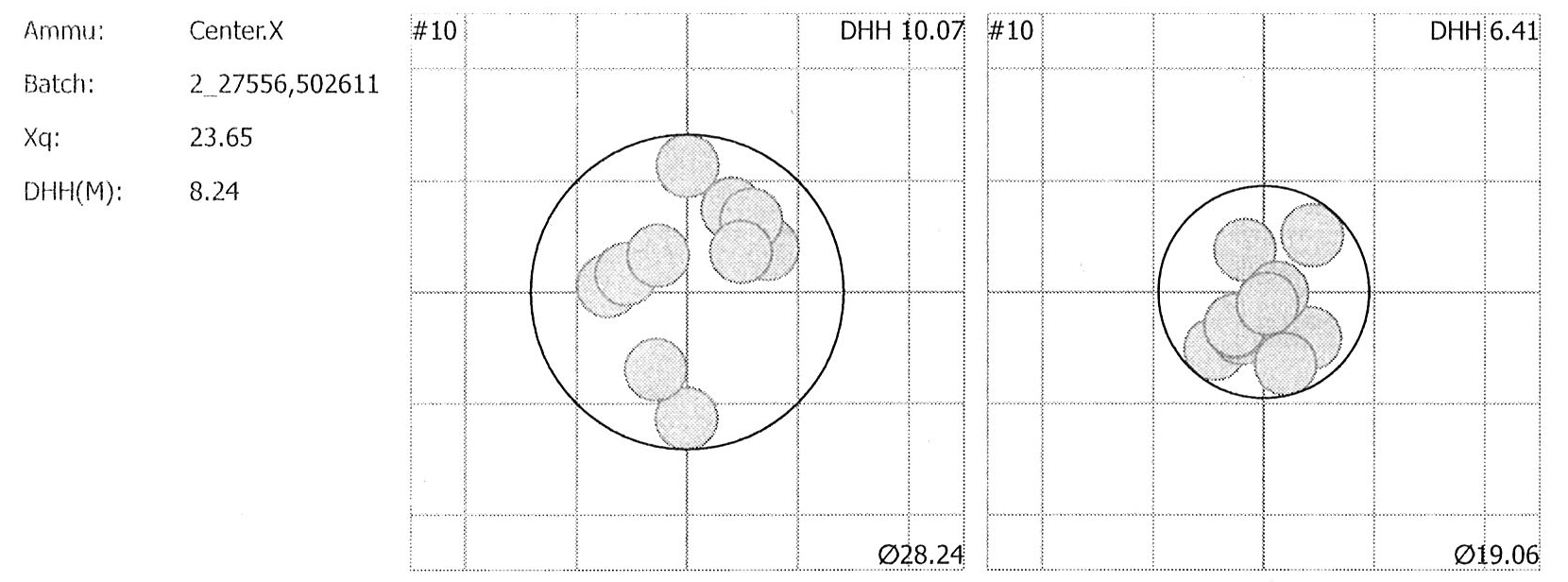
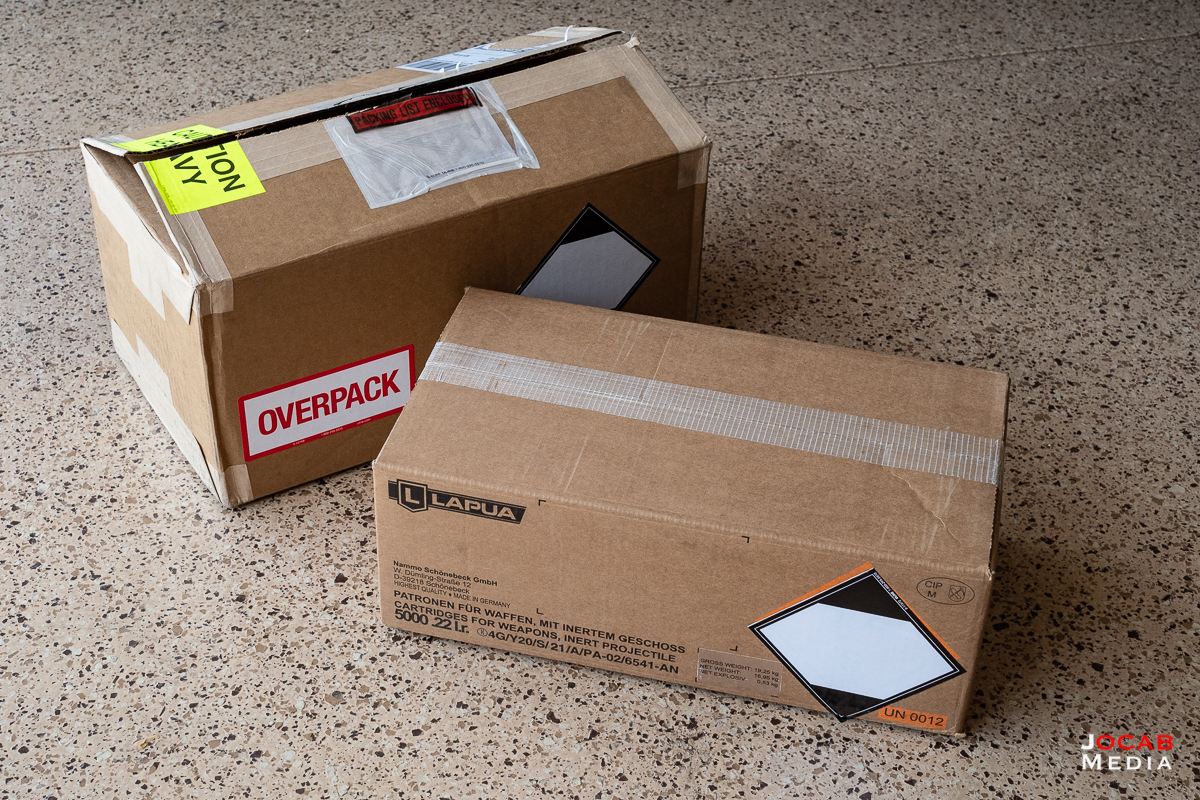
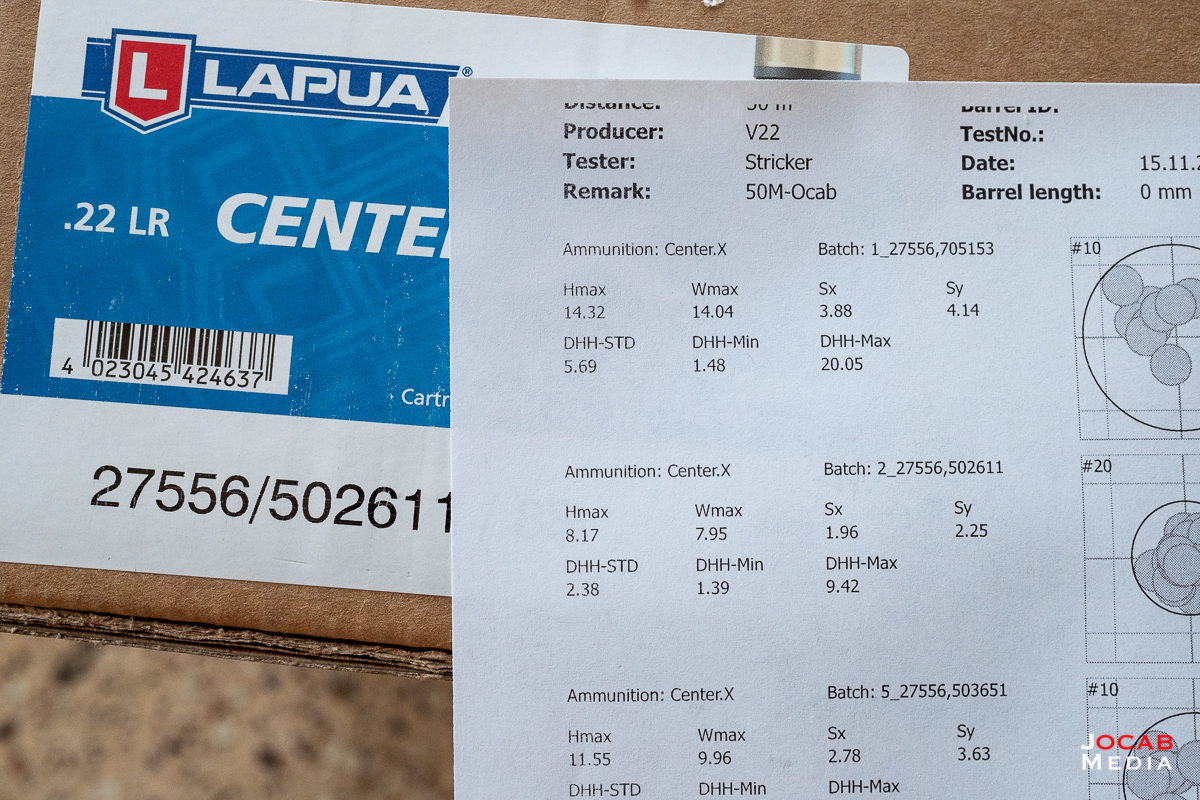
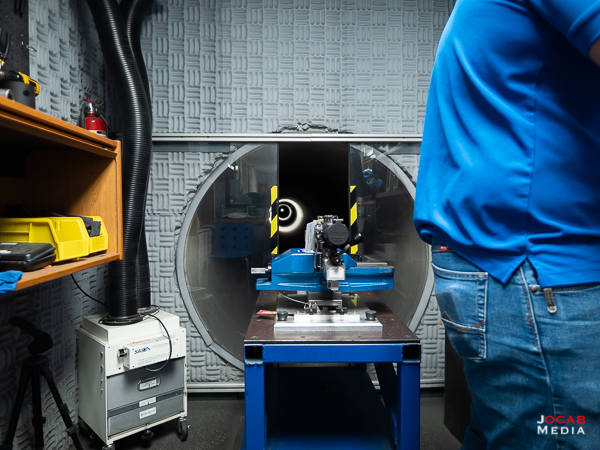
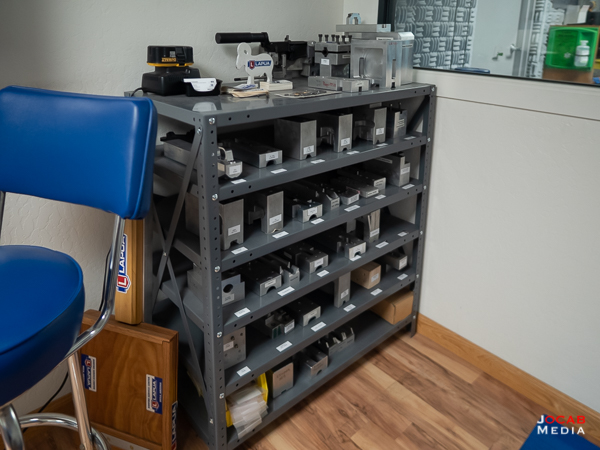
Todd McBee
Great write up. Thanks. Did you take your rifle with a freshly cleaned bore, slightly fouled, or several hundred rounds worth of fouling? Did the test center measure muzzle velocities out of your rifle? I’m scheduled for mid January in Ohio and am looking forward to it. I too will be driving my rifle to the test center and watching in person.
Jonathan Ocab
Excellent questions. I actually did a full cleaning of my bore before going, which included plugging the bore and letting Bore Tech C4 Carbon Cleaner sit over night, followed by some nylon brushing. I told the tester the condition of the barrel and he ran about 20 rounds or so to foul before we started testing with the ammo I brought, which then led into the ammo lots in Lapua’s warehouse. Test center did not have a chronograph. This is something I didn’t think about. I guess I should have brought my Labradar with me. You may want to consult with Ohio to see if they are getting velocities real-time or if you need to bring equipment.